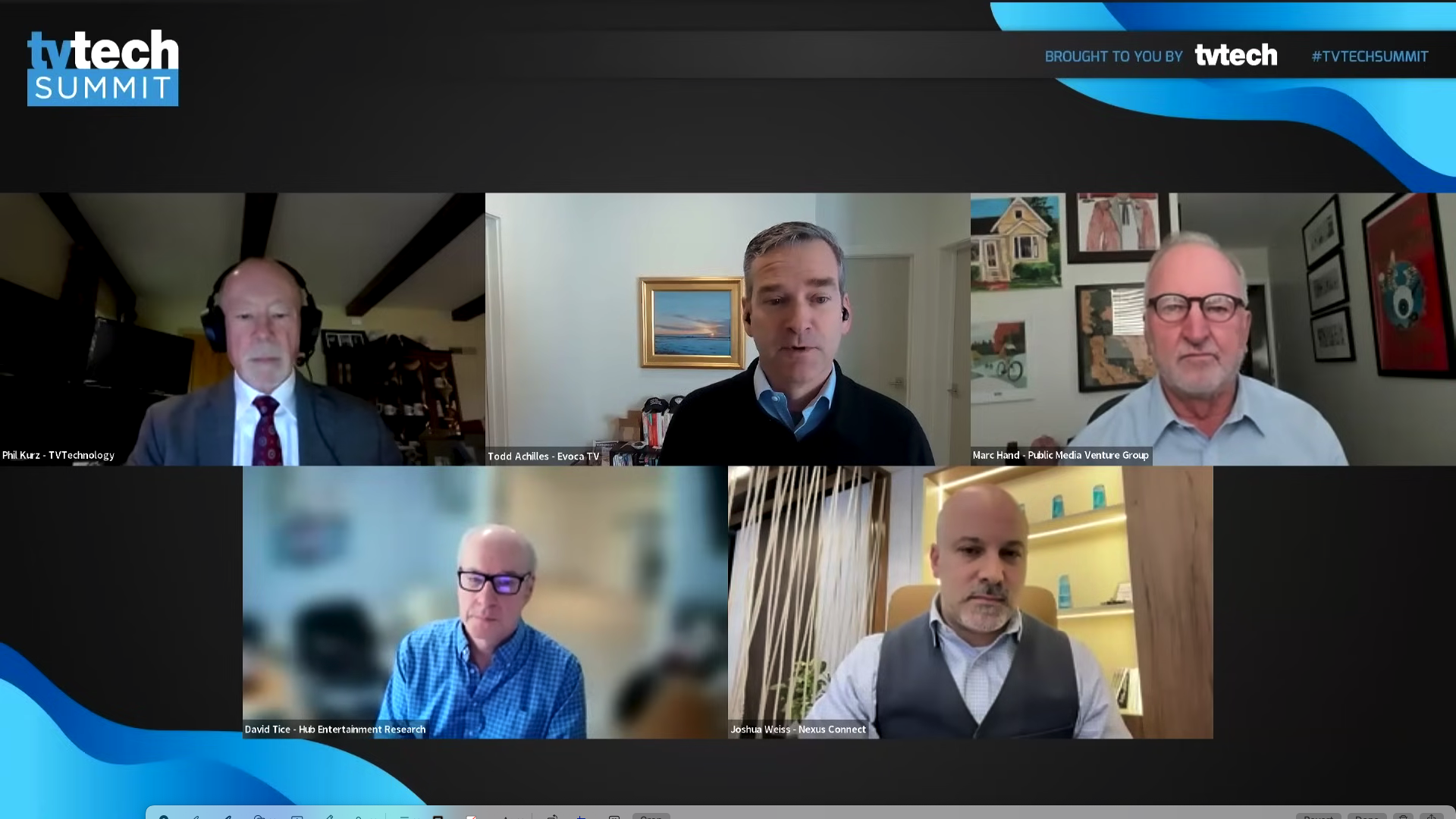TV Tech Summit: Broadcasters Face Challenges in NextGen TV Rollout
Consumer awareness remains low: only 7% can describe NextGen TV/ATSC 3.0

ATSC 3.0 arguably is one of the top, if not at the best, digital wireless IP data delivery methods from a technology point of view, but broadcasters have a tall mountain to climb if their business prospects are ever to match—at least that was the consensus of panelists during the “Turning NextGen TV into a Real Business” panel.
This and the rest of the TV Tech Summit panels as well as the event’s keynotes are available as VOD online.
The first problem they face is consumer awareness of NextGen TV. “For the past five years, I’ve had a question in [my market survey] about people’s awareness of NextGen TV, and it’s not real high,” said Dave Tice, a senior consultant to Hub Entertainment Research and principal of research consultancy TiceVision, during the panel. “This past year in April when we asked it, only about 20% of people had ever even heard the phrase, and 7% who knew the phrase could give any sort of description.”
Joshua Weiss, co-founder and CEO of ARK Multicasting and Nexus Connect, advised broadcasters must shed the notion they are simply a linear TV service if they are to achieve the economic potential of ATSC 3.0.
“[T]his entire space is so bent on the consumer experience being limited to the television set and the legacy business models—the legacy… linear experience—and we have to remember, we're a wireless network,” Weiss said during the panel. “So when you think of this as a wireless network, [a] wireless platform, the nation's largest wireless internet platform, the opportunities go far beyond television.”
One of, if not the first, 3.0 entrepreneurs, Todd Achilles, former CEO of the now-defunct Evoca TV, sang the technical praises of the standard, but pointed to the inability to secure deals with major broadcast networks for content as the reason for the service’s demise. “[W]e did a lot to create this architecture for monetizing 3.0, but the one thing we couldn’t do was get access to content,” he said during the panel. “You know, Disney, Fox, NBC and CBS, … that oligopoly refused to do business with us, and they excluded us from the market.”
The bandwidth efficiency of NextGen TV offers public broadcasters a way to add new broadcast channels that address more local communities, but also is a means to raise revenue in ways other than traditional pledge drives and underwriting, said Marc Hand, CEO, founder and board member of the Public Media Venture Group (PMVG).
The professional video industry's #1 source for news, trends and product and tech information. Sign up below.
“[B]y being able to target content and be much more sophisticated about fundraising, it enables public broadcasting really to do fundraising in a way that is much more data-driven in addressing unique needs of users and neighborhoods and communities,” he said during the panel.
More details of the discussion are available online by registering for the TV Tech Summit, which provides access to this panel and all the rest of the Summit for on demand viewing online.
Phil Kurz is a contributing editor to TV Tech. He has written about TV and video technology for more than 30 years and served as editor of three leading industry magazines. He earned a Bachelor of Journalism and a Master’s Degree in Journalism from the University of Missouri-Columbia School of Journalism.

